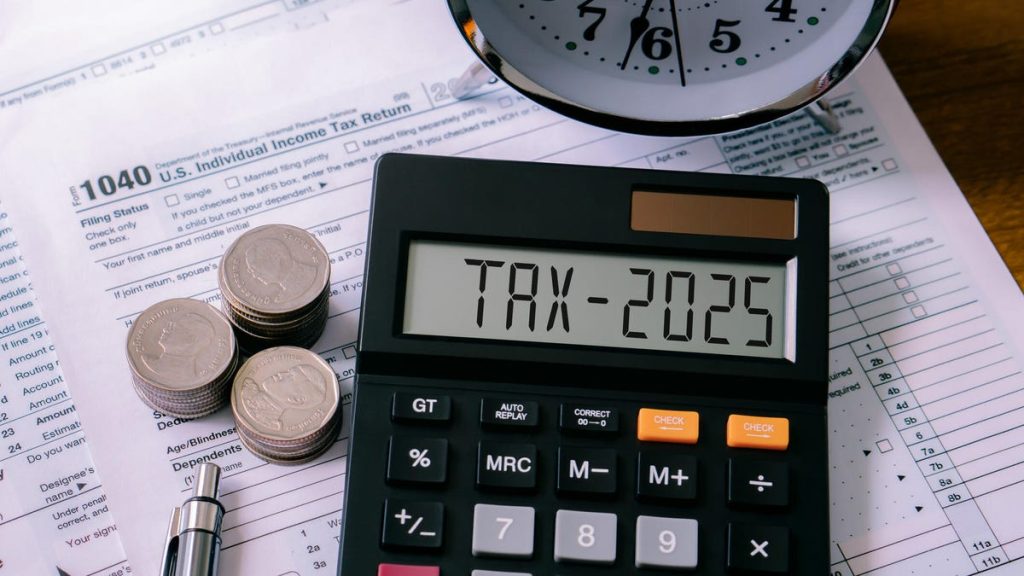Summarize this content to 2000 words in 6 paragraphs Tax season officially opened today, and if you’re trying to file your return early and knock out the entire process as quickly as you can, there’s a method you won’t want to overlook.We’ve given you tips about the documents you’ll need to prepare to file your tax return and how to read your W-2 form, but following these additional tips will help you get your refund back in about 21 days — compared to over four weeks if you don’t. All you have to do is file electronically and set up direct deposit.
This story is part of Taxes 2025, CNET’s coverage of the best tax software, tax tips and everything else you need to file your return and track your refund.
We’ll walk you through the benefits of using direct deposit and e-filing with the IRS to speed up your refund, and show you exactly how to do it. For more tax tips, explore how to file taxes for free and the tax brackets for 2025. Also, here’s our cheat sheet for filing your taxes and our picks for the best tax software.Step one: Go digital CNETThe trick to getting your refund sooner is to combine electronic filing with direct deposit. When filing a paper tax return, you’d have to print out the forms and mail them to the IRS, and then wait for a tax refund check — a process that can take more than four weeks. By e-filing, you’ll avoid processing delays and mail delivery wait times. To file your tax return electronically, you can either use the IRS Free File service that, if you qualify, lets you file simple returns for free. You can also explore our expert picks for the best tax apps and software to file electronically.Step two: Go directOf course, you can always opt to go the old-fashioned route and have a paper tax refund check sent via mail, although it’s the slowest, most expensive and least convenient method.On average, you’ll receive your refund within 21 days if you combine direct deposit with electronic filing. There’s also no risk of your refund going uncashed, or getting lost, stolen or destroyed in the mail.Direct deposit is free, and it also saves you money as a taxpayer. It costs more than $1 to issue a paper refund check, but only a dime for each direct deposit, according to the IRS. To take advantage of the ease and convenience of direct deposit, you’ll just need to follow the steps below. How to set up direct deposit When filing, you’ll have the option to add your bank account information to receive your refund through direct deposit. When e-filing, simply select “Direct Deposit” as your refund method or let your tax preparer know you want direct deposit. You can also use direct deposit to receive your tax refund even if you opt to file your tax return by paper. No matter which method you select, you’ll need to provide your bank account and routing numbers. (You can find these on a check or statement.) You can have your tax refund spread out across up to three accounts — such as a savings account, checking account and individual retirement account — or opt to have the full amount placed in one account. Your tax refund should only be deposited into a US bank or US bank-affiliated account. Your account will need to be in your name, your spouse’s name or both names if it’s a joint account, according to the IRS. If you don’t have a bank account, you still have options. For one, you can open a bank account. By using the FDIC’s GetBanked page, you can review and choose a bank or you could consider a credit union if you prefer a nonprofit, member-owned banking option. Explore CNET’s best checking account and best saving account of 2025 for information on new bank accounts.You could also opt to have your refund deposited to a prepaid debit card if you don’t want to open a bank account. Many reloadable prepaid cards have account and routing numbers, like those found on a check, that you can provide to the IRS when filing. For more tax tips, here’s how to get your tax refund up to five days sooner and all the states with tax filing deadlines later than April 15.
!function(f,b,e,v,n,t,s)
{if(f.fbq)return;n=f.fbq=function(){n.callMethod?
n.callMethod.apply(n,arguments):n.queue.push(arguments)};
if(!f._fbq)f._fbq=n;n.push=n;n.loaded=!0;n.version=’2.0′;
n.queue=[];t=b.createElement(e);t.async=!0;
t.src=v;s=b.getElementsByTagName(e)[0];
s.parentNode.insertBefore(t,s)}(window, document,’script’,
‘https://connect.facebook.net/en_US/fbevents.js’);
fbq(‘set’, ‘autoConfig’, false, ‘789754228632403’);
fbq(‘init’, ‘789754228632403’);


